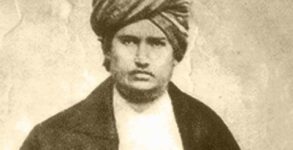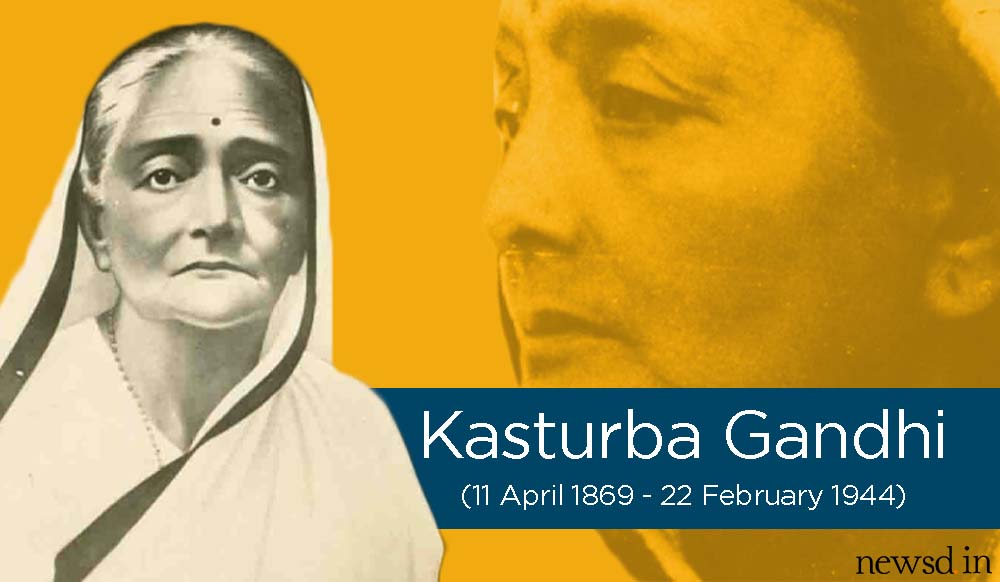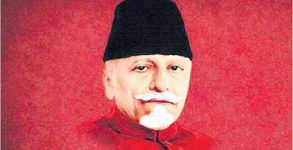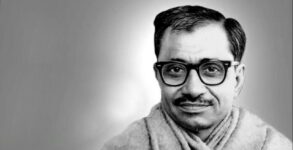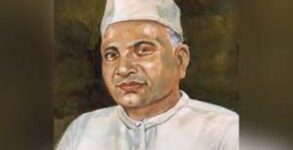Jayaprakash Narayan is remembered for leading the mid-1970s opposition against Prime Minister Indira Gandhi. He led the fight against the Emergency imposed on the country by the then Prime Minister Indira Gandhi on June 25, 1975. The nation will observe his death anniversary on October 8.
Lok Nayak Jai Prakash Narayan was born on October 11, 1902, in Sitab Diarra of Saran district. He came from a Kayastha family and was the fourth child of Harsu Dayal Srivastava and Phul Rani Devi. At the age of 9, Jayaprakash Narayan left his village to enroll in class 7 of the collegiate school at Patna. In 1918, he undertook the ‘State Public Matriculation Examination’ and won a District merit scholarship to Patna college.
At the age of 18, Jayaprakash Narayan was married to Braj Kishore Prasad’s daughter Prabhavati Devi (14) in October 1920.
Jayaprakash Narayan got influenced by Maulana’s call to give up English education. He took the Maulana’s words to heart and left Patna College ahead of his examinations. He joined the Bihar Vidyapeeth, a college run by the Congress.
In 1932, when Jayaprakash Narayan was imprisoned in Nasik Jail for civil disobedience against British rule, he met Ram Manohar Lohia, Minoo Masani, Achyut Patwardhan, Ashok Mehta, Yusuf Desai, and other national leaders.
He believed in a kind of politics, even if seemingly messy, that never shies away from carrying contentious issues along with it. The ‘one-nation-one leader’ approach was some sort of anti-thesis to his kind of democratic polity. And he fought against such tendencies all his life.
JP’s idea of total Revolution created a spark among the national protest against the misrule of Congress (I) government. He stood up against the authoritarian government and became a strong symbol of resistance against the central government.


